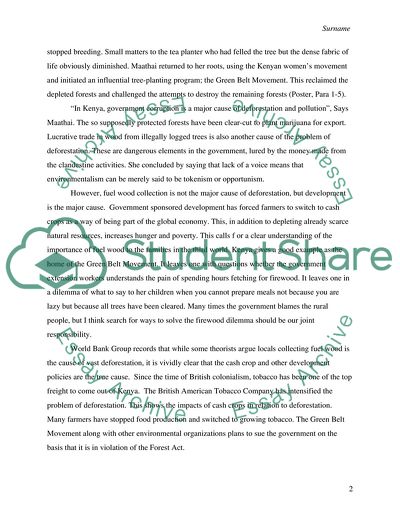Cite this document
(Green Belt Movement in Kenya Essay Example | Topics and Well Written Essays - 3500 words, n.d.)
Green Belt Movement in Kenya Essay Example | Topics and Well Written Essays - 3500 words. Retrieved from https://studentshare.org/environmental-studies/1722913-greenbelt-movement-kenya
Green Belt Movement in Kenya Essay Example | Topics and Well Written Essays - 3500 words. Retrieved from https://studentshare.org/environmental-studies/1722913-greenbelt-movement-kenya
(Green Belt Movement in Kenya Essay Example | Topics and Well Written Essays - 3500 Words)
Green Belt Movement in Kenya Essay Example | Topics and Well Written Essays - 3500 Words. https://studentshare.org/environmental-studies/1722913-greenbelt-movement-kenya.
Green Belt Movement in Kenya Essay Example | Topics and Well Written Essays - 3500 Words. https://studentshare.org/environmental-studies/1722913-greenbelt-movement-kenya.
“Green Belt Movement in Kenya Essay Example | Topics and Well Written Essays - 3500 Words”, n.d. https://studentshare.org/environmental-studies/1722913-greenbelt-movement-kenya.


